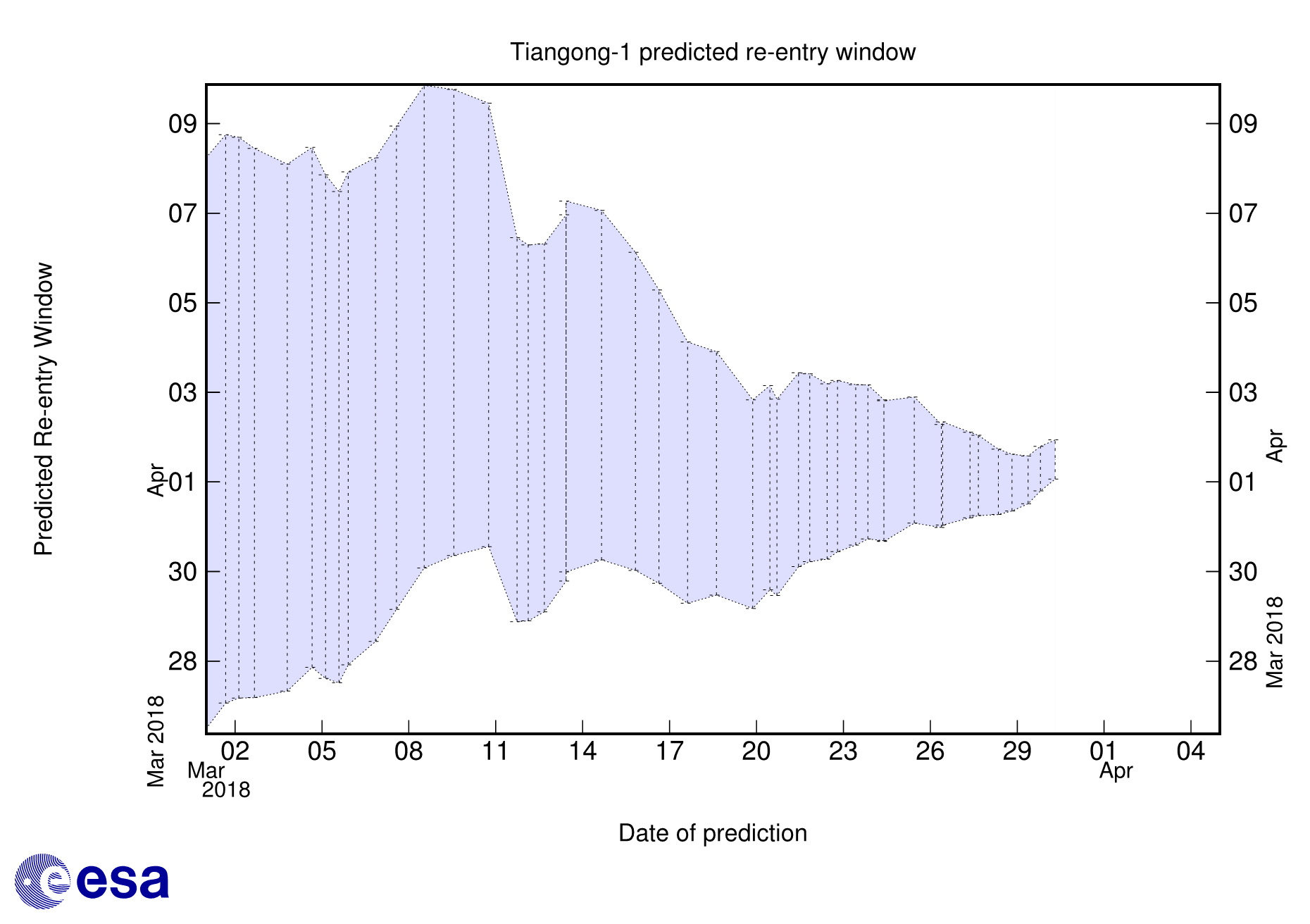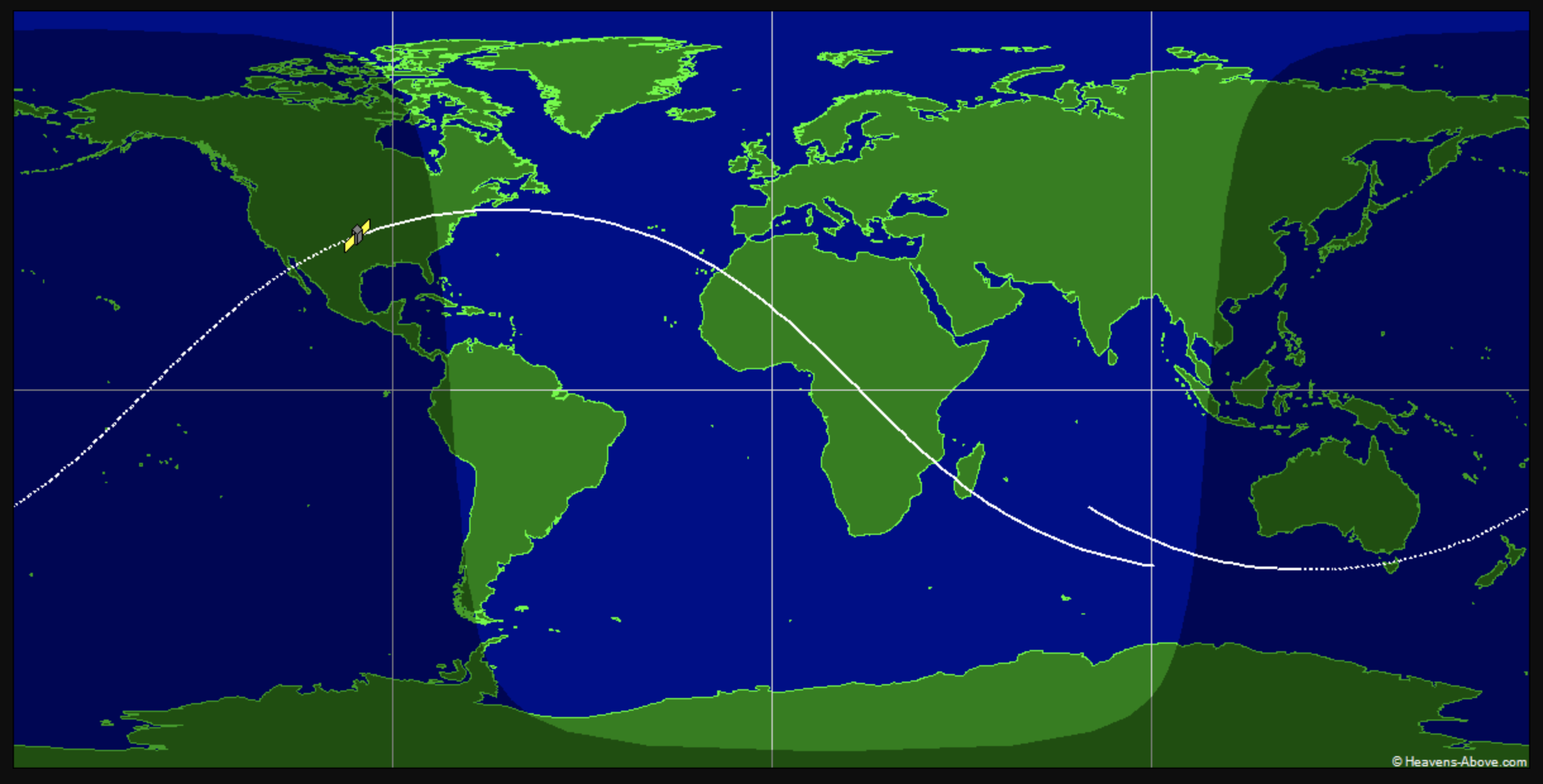Flat-earther blasts off in homemade rocket in bid to reassure himself world is shaped 'like a Frisbee'
Chiara Giordano
The Independent
Mar 25, 2018, 5:53 AM
Flat-earther blasts off in homemade rocket in bid to reassure himself world is shaped 'like a Frisbee'
A self-taught rocket man who believes the earth is flat blasted himself 1,875 feet into the air, in an effort to reach orbit and reassure himself the world is shaped “like a Frisbee”.
‘Mad’ Mike Hughes, who has been likened to cartoon character Wile E. Coyote, propelled himself into the sky in a homemade rocket on Saturday, landing hard in the Mojave Desert.
The 61-year-old limo driver said he was fine – apart from his aching back – after the launch near Amboy, California.
“I’m tired of people saying I chickened out and didn’t build a rocket,” he said after being checked out by paramedics.
“I’m tired of that stuff; I manned up and did it.”
Mr Hughes worked on overhauling his rocket in his garage for months before the launch on Saturday, which was given the go-ahead by Albert Okura, who owns Amboy.
‘Mad’ Mike Hughes is checked by paramedics after his homemade rocket trip (AP)
He converted a mobile home into a ramp and modified it to launch from a vertical angle so he would not fall back to the ground on public land.
It appeared Saturday might bring another string of cancellations, given the wind was blowing and his rocket was losing steam.
But some time after 3pm, and without a countdown, Mr Hughes’ rocket soared into the sky.
He reached a speed he estimated to be around 350mph before pulling his parachute.
The limo driver was dropping too fast, though, and had to deploy a second one.
He landed with a thud and the rocket’s nose broke in two places as designed.
“This thing wants to kill you 10 different ways,” said Mr Hughes, who had an altimeter in his cockpit to measure his altitude.
“Am I glad I did it? Yeah, I guess. I’ll feel it in the morning. I won’t be able to get out of bed.”
Mike Hughes, who believes the earth is flat, said his story has ‘brought out the nuts’ (AP)
“At least I can go home and have dinner and see my cats tonight,” he added.
The launch is said to have lasted three to four minutes, with the rocket landing about 1,500 feet from the ramp.
According to Mr Hughes, he also launched a rocket 1,374ft into the air in Arizona in 2014 before collapsing and taking three days to recover.
Social media users mocked Mr Hughes’ mission, posting messages such as ”He’ll be fine” next to a picture of Wile E. Coyote strapped to a rocket.
“I hope he doesn’t blow something up,” retired Nasa astronaut Jerry Linenger said as Hughes’ plans captured widespread attention. Mr Linenger orbited the globe more than 2,000 times during four months in 1997.
“Rocketry, as our private space companies found out, isn’t as easy as it looks,” he added.
Hughes often sparred with his critics on social media leading up to the launch, through Facebook comments and a 12-minute video addressed to his doubters
“My story really is incredible,” he said.
“It’s got a bunch of story lines — the garage-built thing. I’m an older guy. It’s out in the middle of nowhere, plus the Flat Earth. The problem is it brings out all the nuts also, people questioning everything. It’s the downside of all this.”
The self-taught rocket man added: “Do I believe the Earth is shaped like a Frisbee? I believe it is,” he said. “Do I know for sure? No. That’s why I want to go up in space.”
In the future Mr Hughes wants to build a ‘Rockoon’ – a rocket that is carried into the atmosphere by a gas-filled balloon, then separated from the balloon and lit – which would take him about 68 miles up.
He also plans to run for governor of California.
















